Blog #231 Special Needs Tips for Making Accommodations in the Classroom
Last week, I focused on 5 back to school tips for special needs parents. For today’s post I want to put a lens on what accommodations look like and their importance in the classroom setting for a student with special needs.
Accommodations are changes that remove barriers and provide a student with equal access to learning. As a parent, it is essential to make sure that agreed upon accommodations and supports are written into your child’s IEP, and in place before the first day of school.
My son Nick is 25 years old and has a dual diagnosis of Down syndrome and autism (DS-ASD). Over the years he had many accommodations to support his learning and navigation in the school environment. Nick didn’t walk until age 3 1/2 years old due to low muscle tone (a trait of having Down syndrome). In pre-school, the IEP team made an accommodation to transport Nick from point A to B in the building, and in/out of the car line. Accommodations can come in many forms to support intellectual and developmental disabilities.

Here are some examples of accommodations that can be used in the classroom:
*Communication Notebook and daily reports sent back and forth from school to home
*Classroom Schedule, Individual Visual Schedules and Social Stories
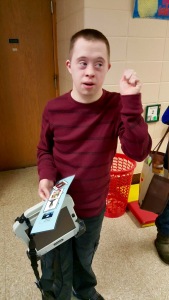
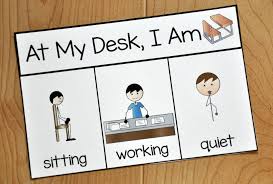
*Alternative Media Tools- Flash cards, board games, computer programs, learning apps/games, AAC (augmentative and alternative communication) and assistive technology devices, PECS (picture exchange communication), sign language, etc.
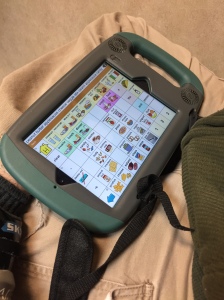
*Sensory Tools help with self-regulation- Figits, stress balls, pencil toppers, tangle puzzles, weighted vests or lap pads, nubby sit cushions, stability balls, etc.

*Motor Breaks and Sensory/Quiet Corners– Build breaks into a student’s schedule. Some can be motor breaks or a sensory/quiet break depending on the need. Equip with items such as rocking or bean bag chairs, mini-trampolines, swings, weighted blankets, noise cancelling earphones, need a break icon etc.
*Visual aids, worksheets and paraprofessionals/aides to assist to accompany lesson objectives and test taking.
*Transition tools- Early hall passing before the bell rings, transition objects, visual schedules, visual timers, etc.
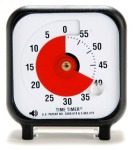
*Choice boards to encourage decision making and independent learning skills.
*Work and Reward Charts:
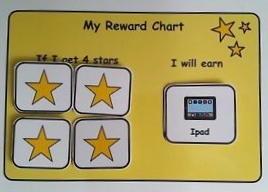
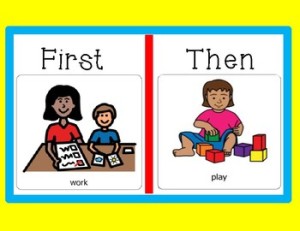
Building in accommodations and supports into your student’s IEP and classroom setting help enhance learning in a positive school environment. Often, individuals with autism and a dual diagnosis of DS-ASD, like my son, thrive with the use of visual prompts to navigate their days more smoothly. The right accommodations make it possible to have a successful learning environment that is less stressful.
That’s what is in my noggin this week. 🙂
~Teresa
Follow Nick:
Facebook and Pinterest @Down syndrome With a Slice of Autism
Instagram #nickdsautism
Twitter @tjunnerstall



